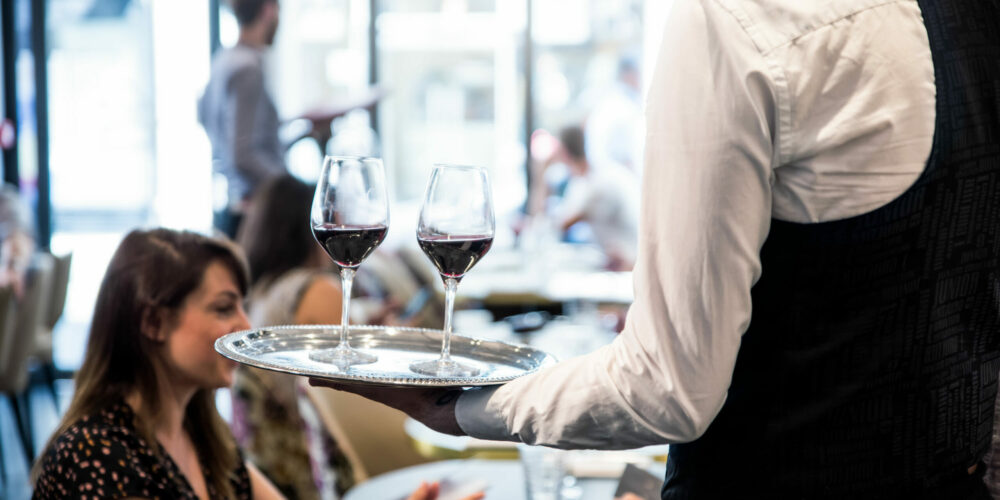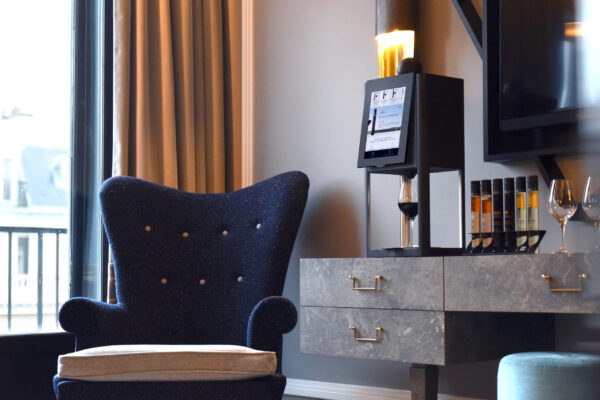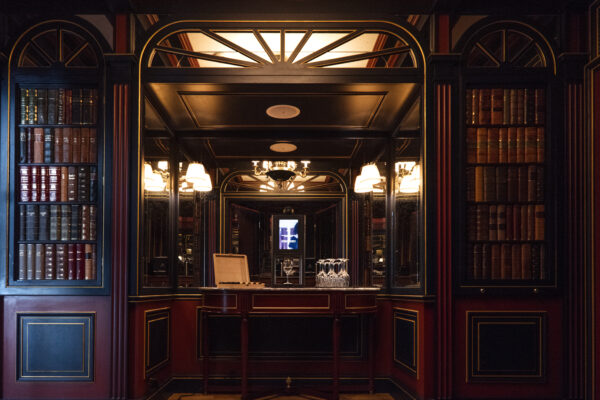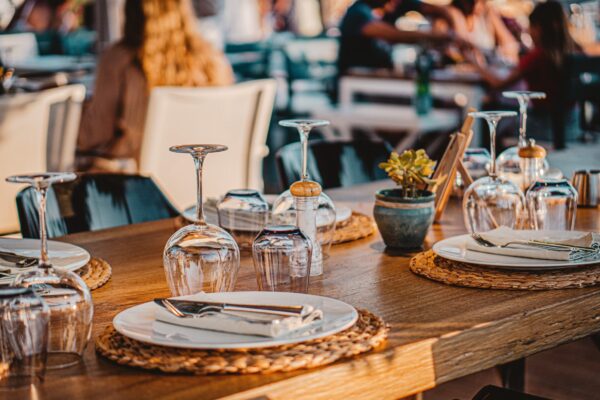While some of your customers will have a clear enough idea of the wine they want to drink (i.e. which wine region, grape variety or aromatic style they have in mind), others will expect you to give them advice. To make a successful recommendation and guarantee your customer’s satisfaction, there are several steps to follow. Here we tell you all…
The Two Key Aspects When Advising a Customer on a Wine
- The first aspect directly concerns you. You must know the wines on offer on your menu. It is obviously easier to talk about them when you are familiar with them.
- Next, you need to find out more about your customer. Your recommendation will be systematically better if you get to know the customer and his tastes and expectations. The answers your customer gives you will help you to whittle the choice down to a specific grape variety, style of wine or even wine region. The goal, of course, is to recommend your customer a wine with which he or she will be satisfied.
Knowing the Wines on the Menu
Take time to taste the wines featured on your wine list or menu. This will make you more familiar with them and allow you to give better advice. You can also make use of the wine fact sheets for this. They can be helpful for memorizing the different wines and are handy to use as cheat sheets. With this information, you will be more comfortable recommending a wine and more skilled at providing explanations that will tempt the customer time and time again.
You should also work on your terminology to be sure you are using the right words. Try using these terms at every chance you have and whenever you taste a wine. In short, practice makes perfect!
Recommending a Wine Based on the Customer’s Food Order
Food pairing is perhaps the most difficult part of the wine recommendation process. How do you recommend the right wine so that the combination of food and wine won’t distort the taste of the dish or the wine?
As usual, the first piece of advice that we can give you is to do some prior research. On the wine fact sheet, provided by your supplier, wine producer or D-Vine sales adviser, you will almost certainly find suggestions of dishes to serve with the wine. The notion of “suggestion” is important here, as not everyone has the same tastes, however, these ideas can point you in the right direction and provide you with inspiration for pairings.
The idea is to bring out the best of the wine and the dish, aiming for the perfect harmony between them. Here are three tips for a successful food and wine pairings:
- Think wine region with local food. Although it isn’t true in absolutely all cases, associating the local food with the local wine tends to work pretty well. For example, combining Comté with a wine from the Jura, this cheese’s native region, works a treat!
- Associate contrasting flavours. Like in cooking when you add an ingredient or seasoning to a dish, a wine can be used to the same effect. For example, the citrusy notes of a Sauvignon could make it a good pairing for delicate flavoured fish that you would typically enhance by adding lemon.
- Associate matching flavours. This type of pairing plays on the similarities between the characteristics of a wine and a dish – in other words the dish and the wine have a characteristic in common. For example, some wines display roasted, oaky notes, which will go perfectly with grilled or roasted meat.
These suggestions and recommendations are of course just an introduction to the art of pairing. The more creative you are, the more you will find your own personal approach. There is no one right answer – the golden rule is to find pairings that you or your customer enjoys.
To learn more
To learn more about food and wine pairing, read advice from our chief wine adviser on food and wine combinations. Read the article



